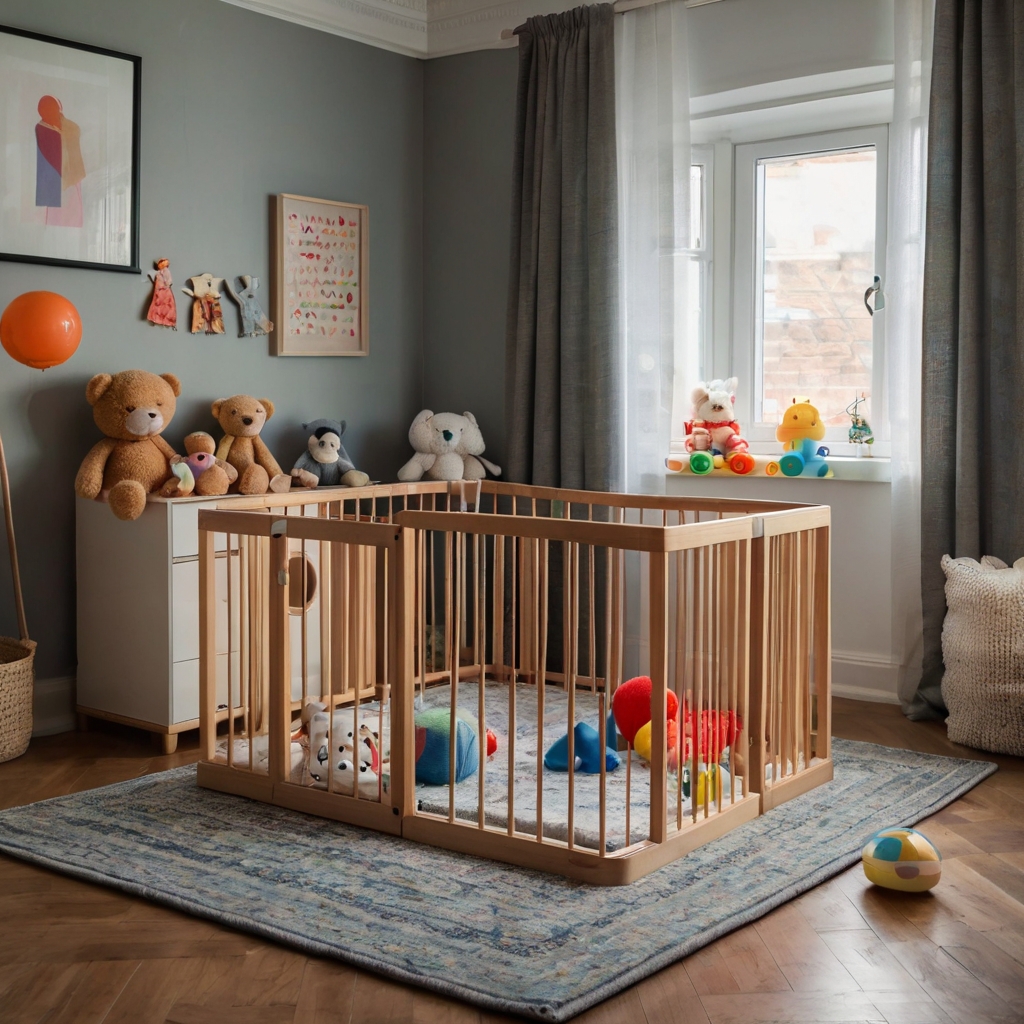If you’ve ever felt like your living room is drowning in baby toys, you’re not alone. By the end of the day, toys are strewn all across my toddler's playpen, and the chaos just drives me nuts. That is, until I started setting up a system for toy rotation.
The truth is, babies don’t need a mountain of toys to stay engaged—they need the right toys at the right time. Enter toy rotation: a simple, research-backed method that keeps playtime fresh while supporting your baby’s cognitive and motor development.
Why Toy Rotation Works
Babies thrive on novelty, but they also need familiarity to fully engage with their toys. A well-structured rotation system offers the perfect balance, helping to:
- Reduce toy clutter and overwhelm
- Encourage deeper, more meaningful play
- Support cognitive, fine motor, and problem-solving skills
- Extend the lifespan of toys
Step 1: Declutter and Categorize
Before you set up a rotation system, start by decluttering. Remove broken or outgrown toys and categorize the remaining ones into groups:
- Fine motor skills: Stacking cups, shape sorters
- Gross motor skills: Push toys, ride-ons
- Open-ended play: Blocks, dolls, play food
- Sensory play: Musical toys, textured balls
- Books and puzzles: Board books, wooden puzzles
Step 2: Set Up a Toy Rotation System
Instead of having all toys available at once, divide them into sets. Aim for 4-5 categories in each rotation, keeping a mix of developmental activities. Store unused toys in bins out of sight.
Example toy rotation schedule:
- Rotate toys every 1-2 weeks
- Observe what captures your baby’s interest and adjust accordingly
- Introduce new toys gradually to maintain excitement
Step 3: Organize the Play Space
A clutter-free play space encourages deeper engagement. Use low shelves or baskets to display toys attractively. Avoid overloading the area—fewer choices lead to more focused play.
"When you rotate toys, you create the illusion of ‘new’ playthings without constantly buying more. It’s a game-changer for both engagement and sanity."
Step 4: Observe and Adapt
Watch how your baby interacts with different toys. If they lose interest in something quickly, swap it out. If they return to a toy repeatedly, keep it in the rotation longer.
Pro Tip: Keeping Toys In Reserve
When we get new toys, we don't have to give them to our children immediately. Keep them in reserve for when things need to be mixed up. This is particularly useful for birthday gifts or other such occasions - especially if your child receives a large amount of gifts from friends and family members.
Choose two or three gifts out of the pile at random, and keep the rest away. When you need to rotate toys again, you'll always have some handy in reserve to keep things fresh.
Final Thoughts
A thoughtful toy rotation system keeps your baby engaged while preventing toy overload. Plus, it makes tidying up a whole lot easier! Give it a try, and you might be surprised at how much more your little one enjoys playtime.
